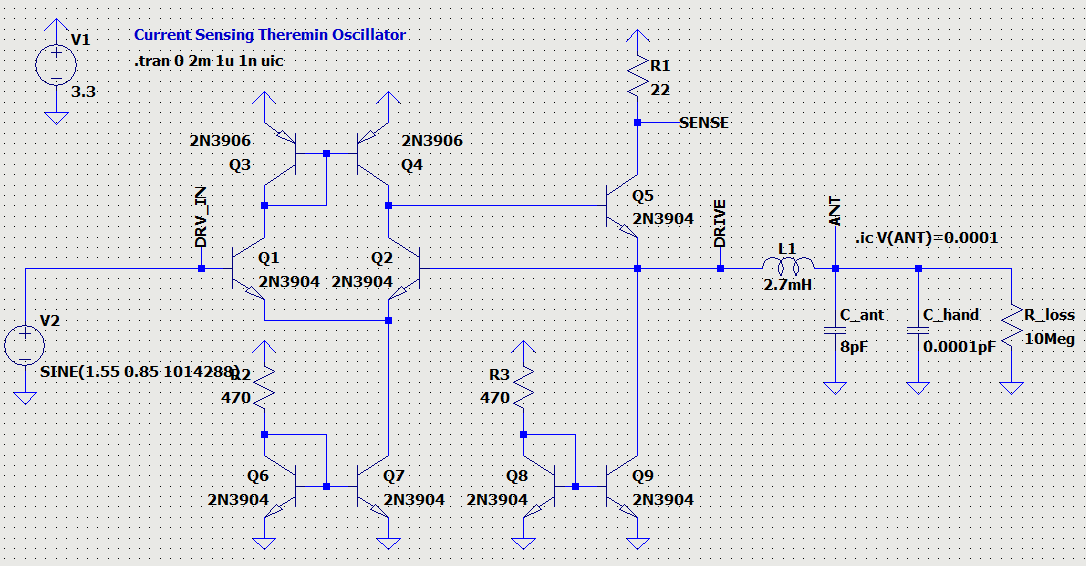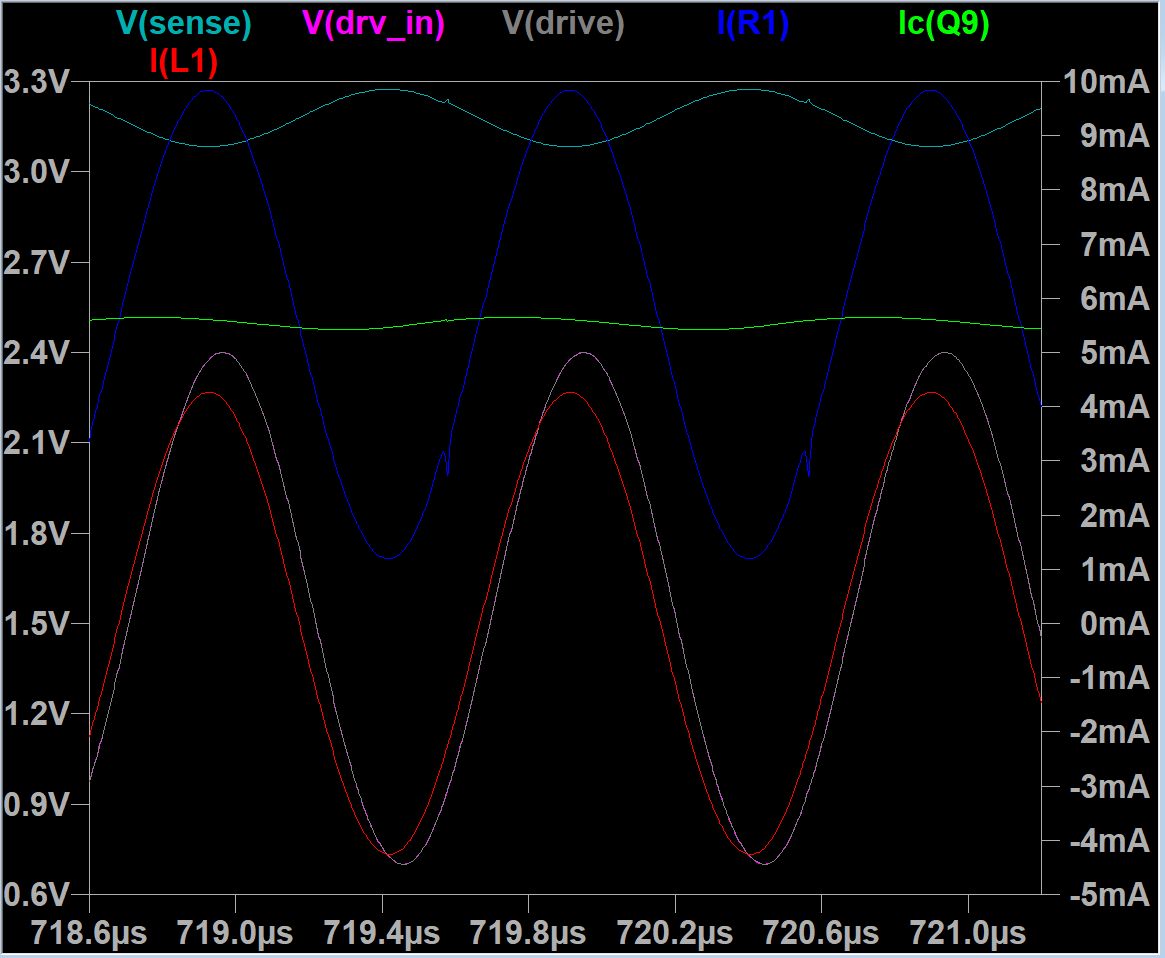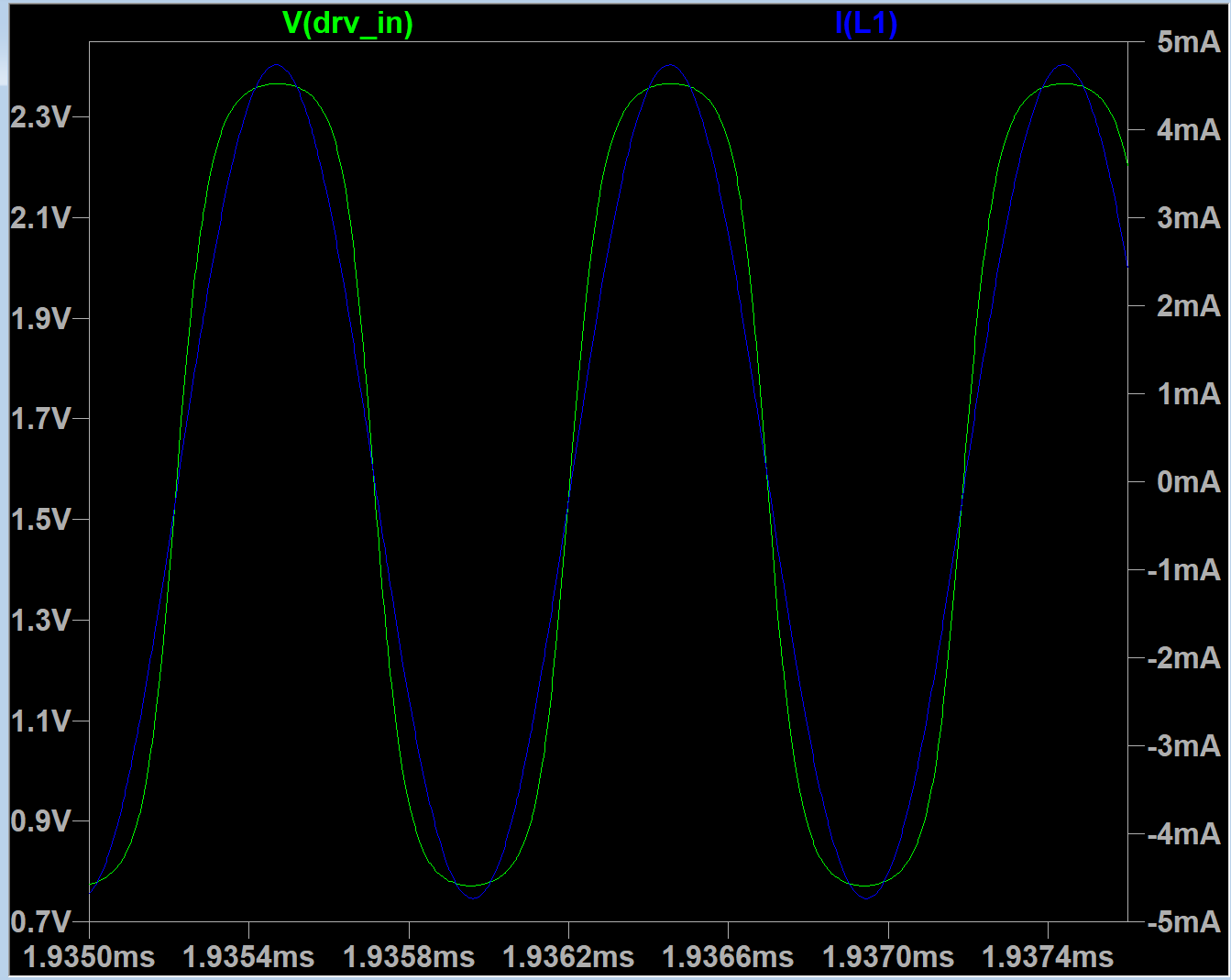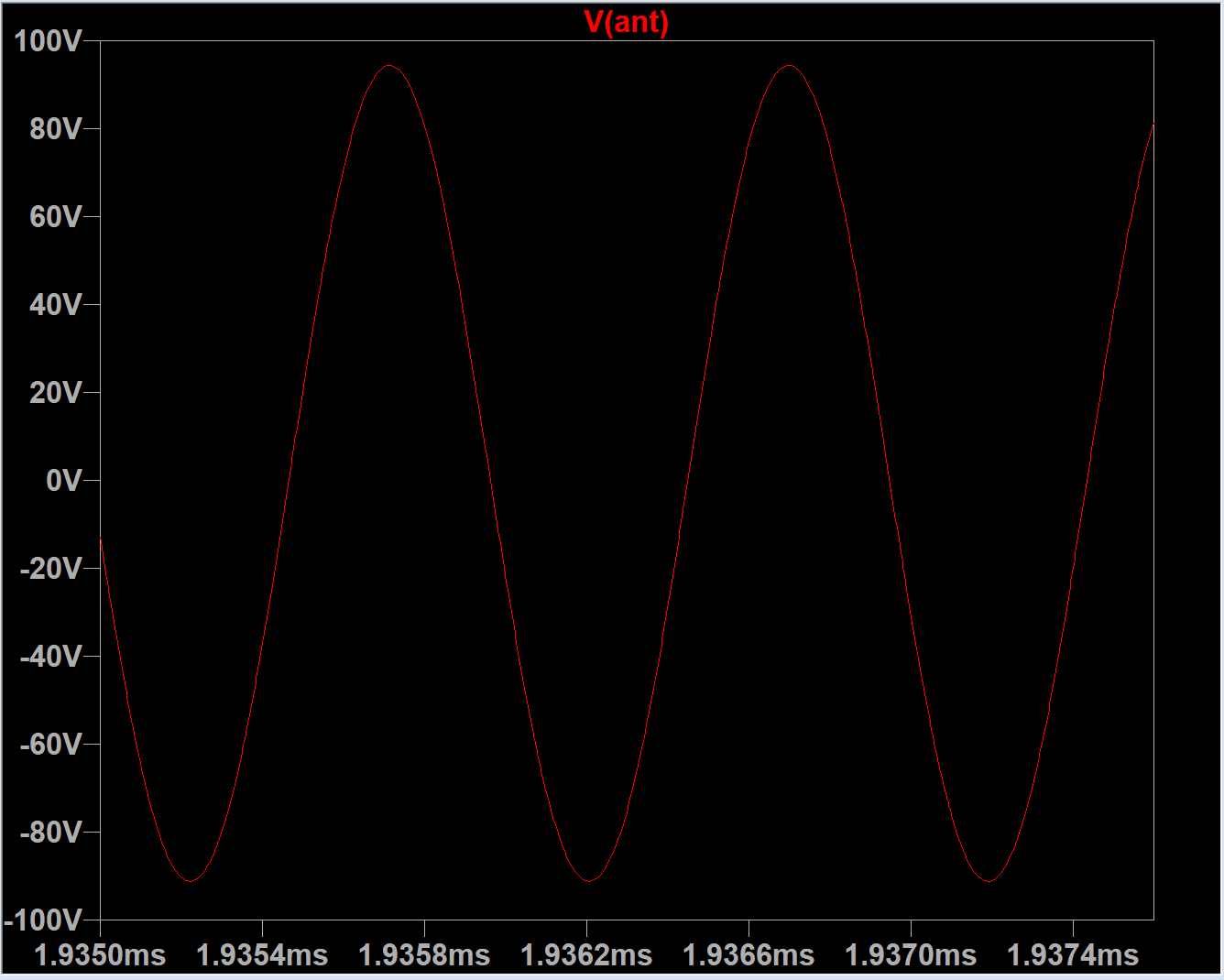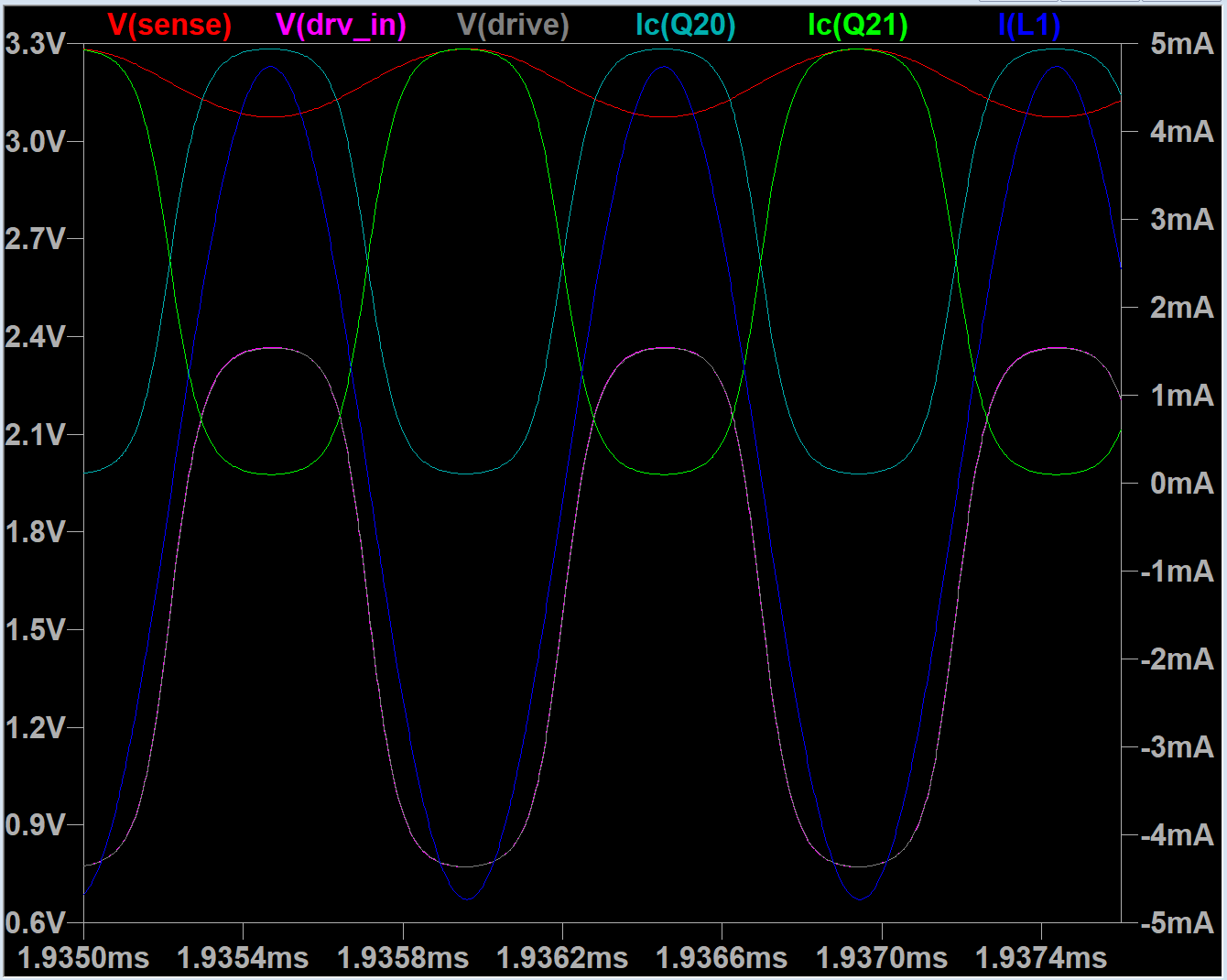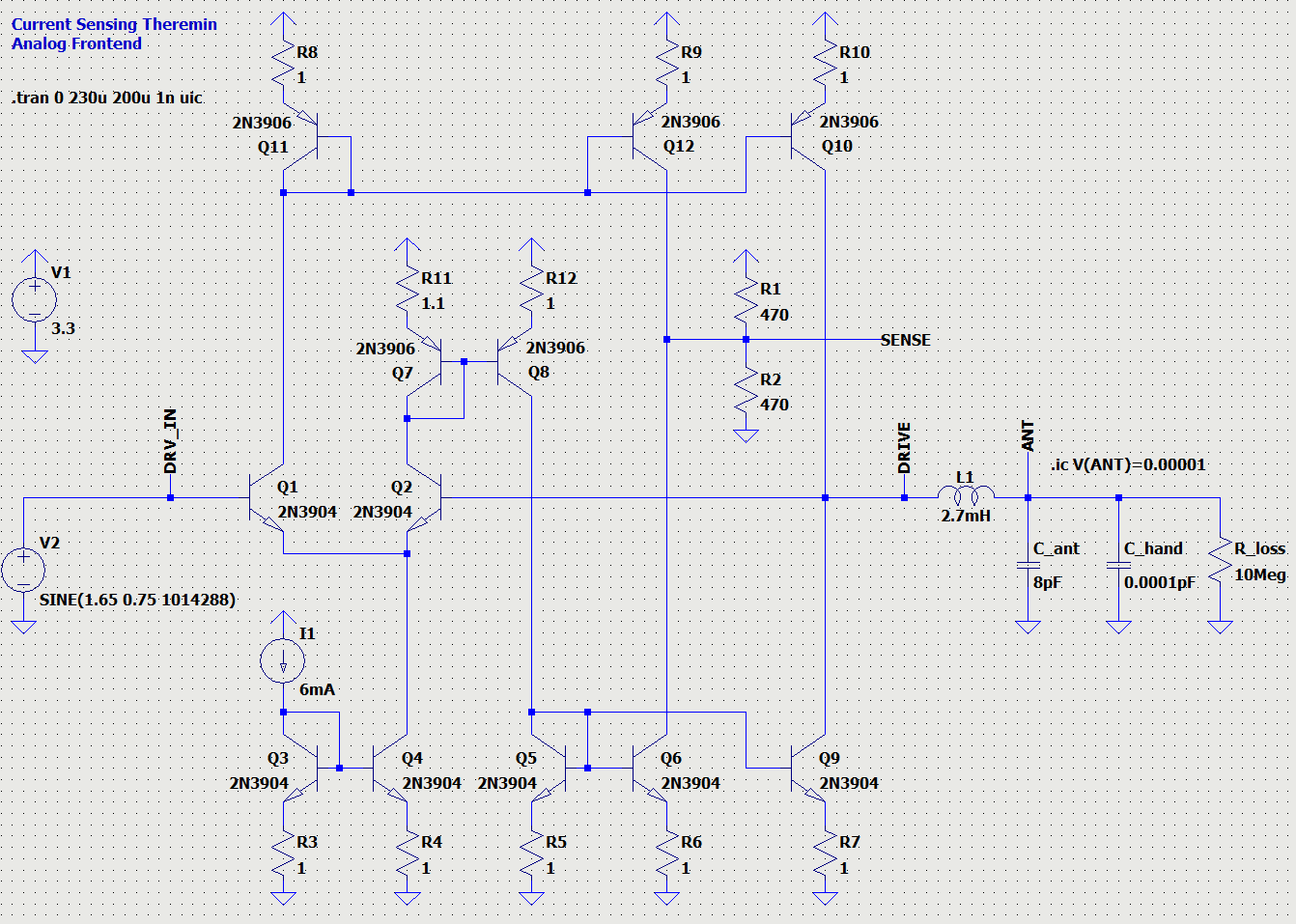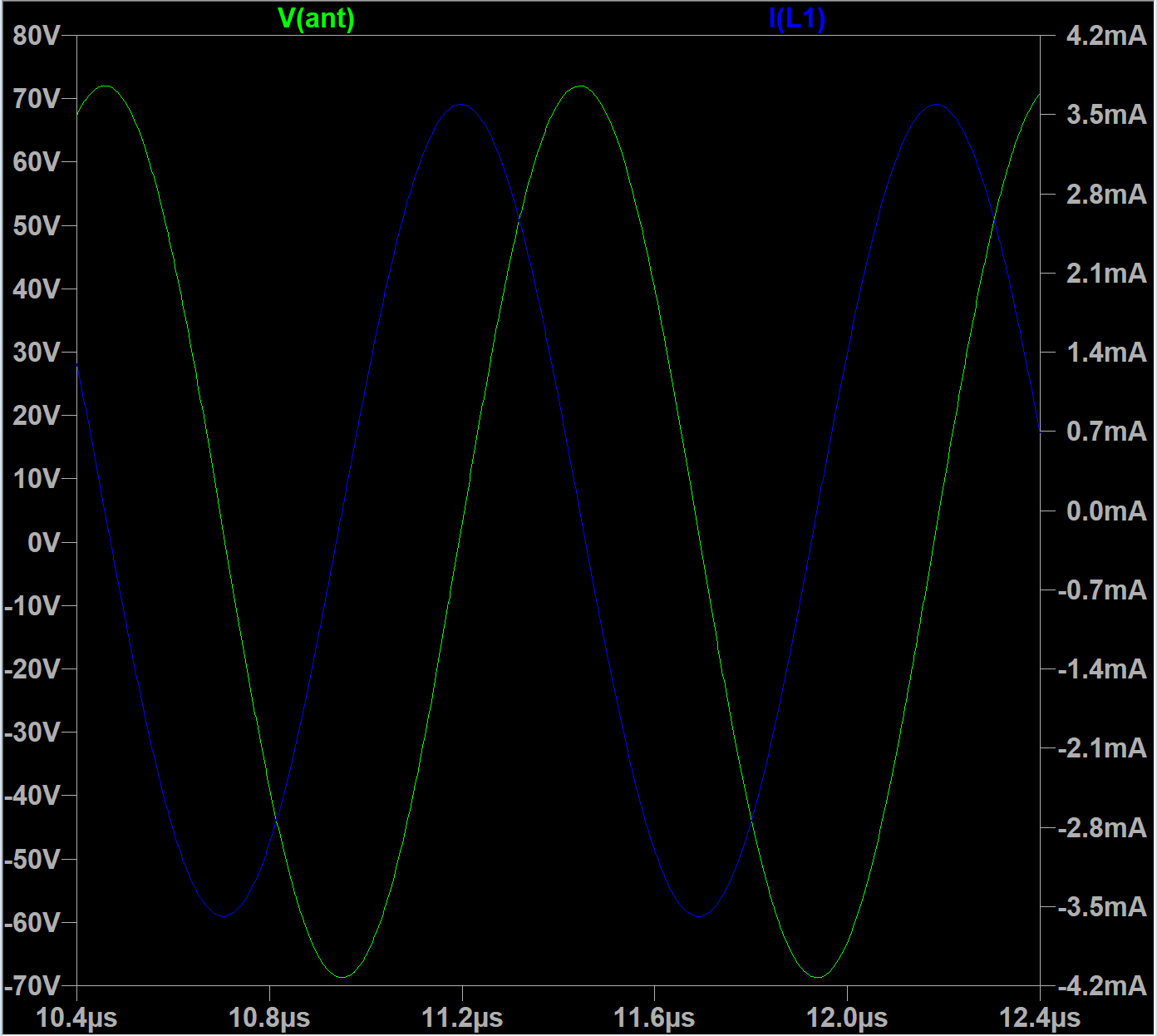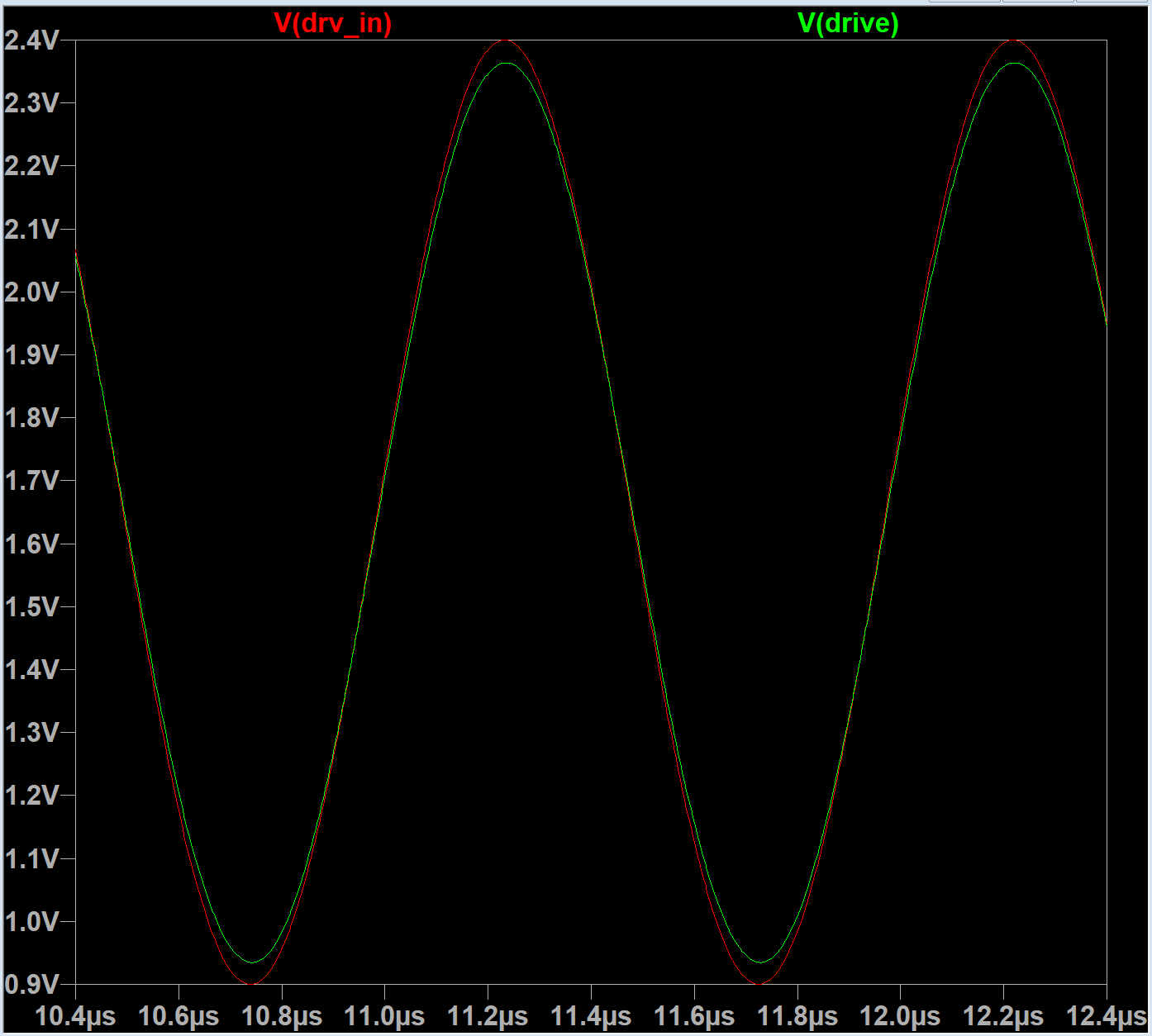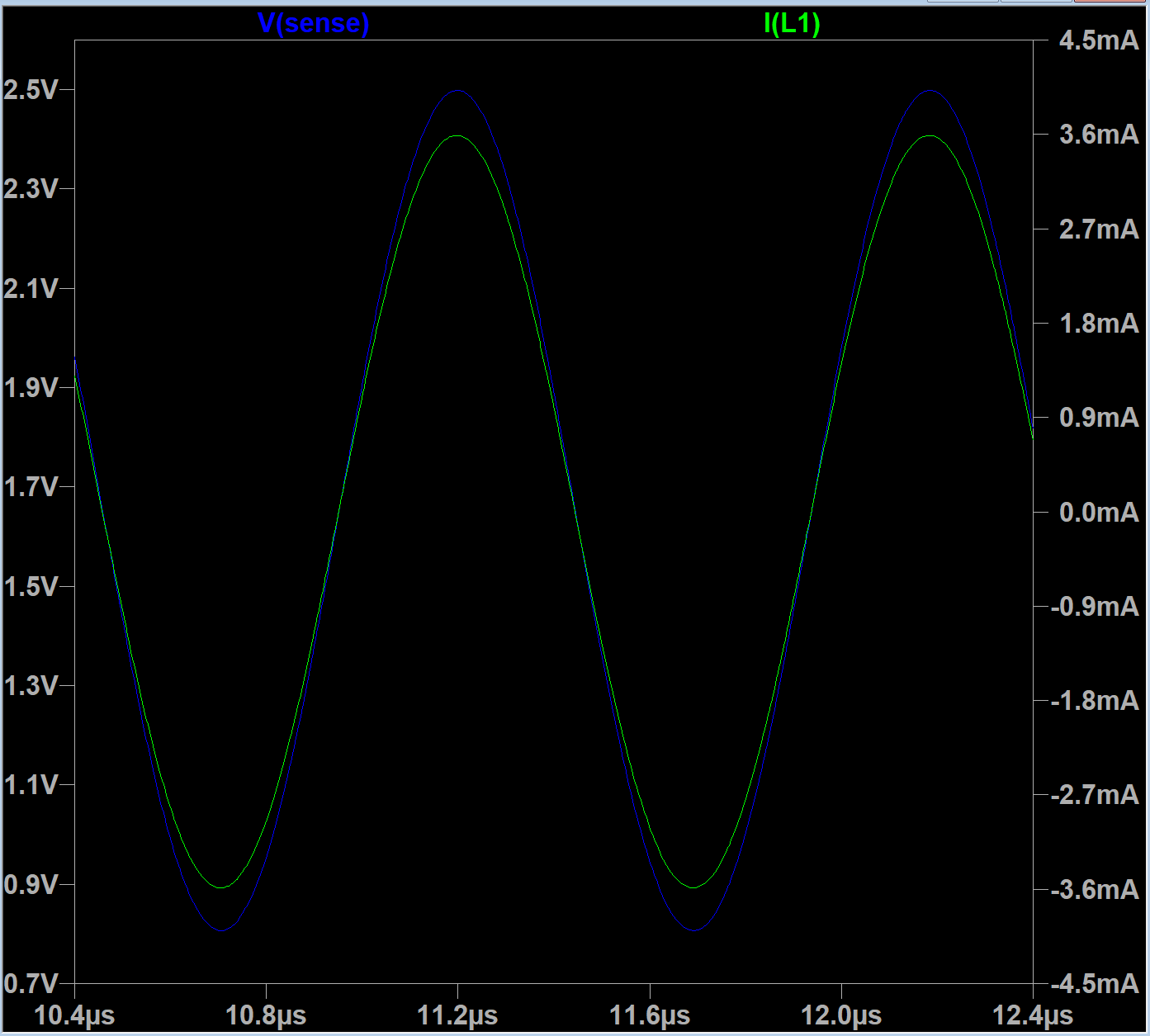Very interesting topic. I would have viewed it sooner but it sounded like a law firm with a lot of partners......
Ahahahah.
I thought these names look familiar for everyone who is looking for LC oscillator.
Unfortunately I cannot rename the topic to make it less confusing.
BTW, is current sensing based oscillator - a new kind of oscillators, and a real invention made by Eric? I still did not get an answer...
Vadim, thank you for posting your fascinating findings and sims! I'm a bit underwater at the moment but plan to play with your designs shortly. Your inverter version is the one to beat, truly an outstanding oscillator!
Eric, I hope you will check some of them on breadboard ![]()
I like playing with LTSpice, but don't have a breadboard, components, scope anymore after moving to Porto.
I tried to play with inverters and opamps as drive buffer, and found that it's hard to get them working stable.
So now I think having your 4-bjt buffer on emitter followers is probably the best option.
I've combined two recent schematics I've posted here. 10 BJTs. (LTSpice model link to play with)
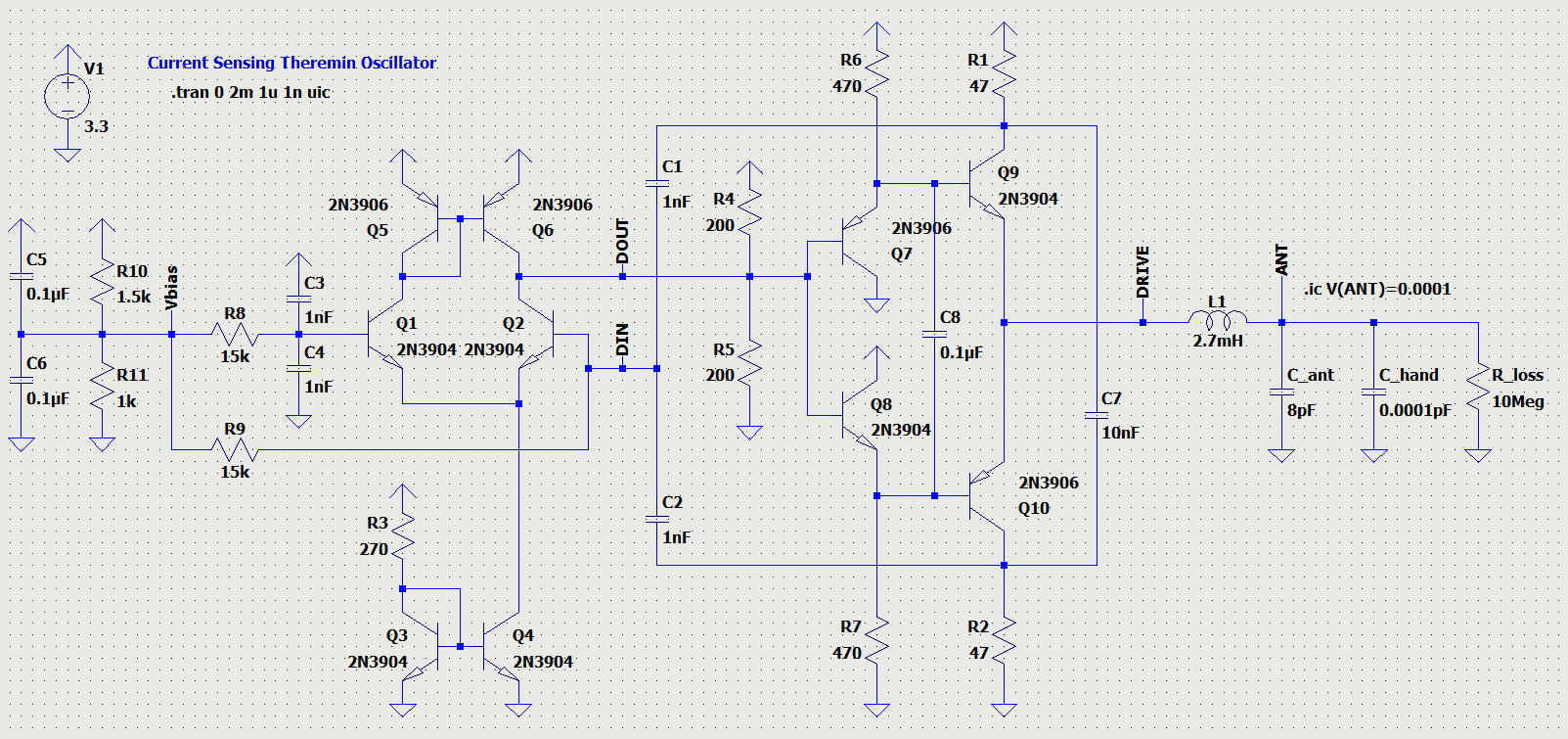
Diff amplifier uses current mirror load, and its current output is converted to voltage on a resistor divider.
I've tried to tune this oscillator to minimize phase error and maximize antenna voltage swing.
I've managed to get nice smooth symmetric sine-like drive signal with 6-7ns phase error.
BTW, delay from 4-BJT output cascade is only ~400ps...
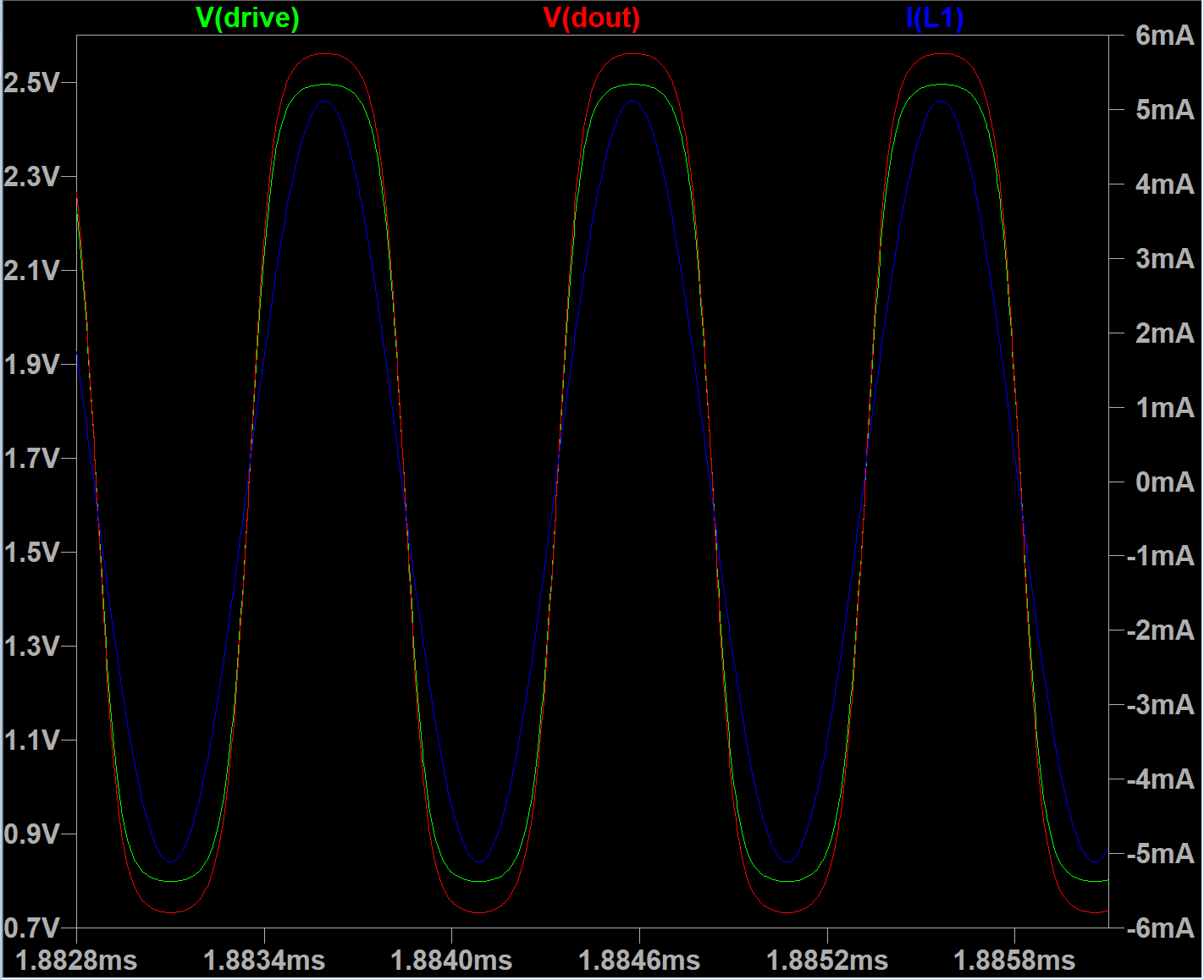
The price for now delay is high power consumption (~35mA).
Drive swing is 1.7V. It feeds LC tank with 5mA, giving ~200V voltage swing on antenna.

Main concern is still a behavior of oscillator when hand touches the antenna.



